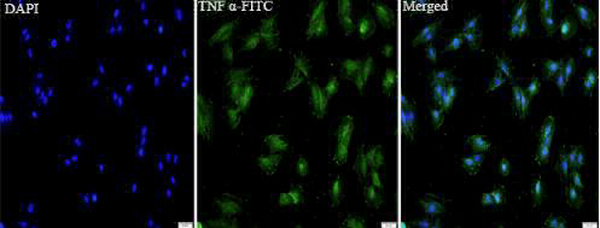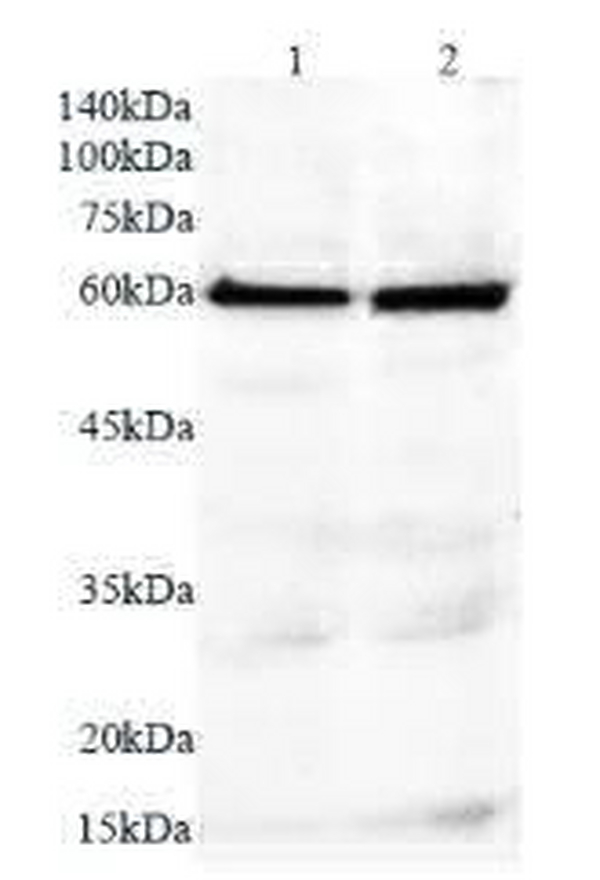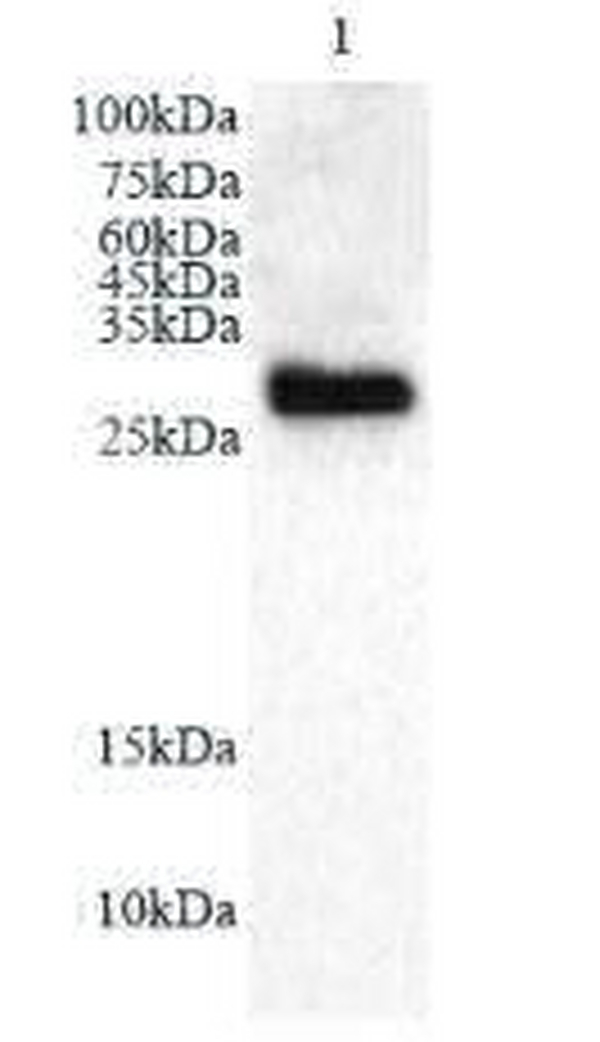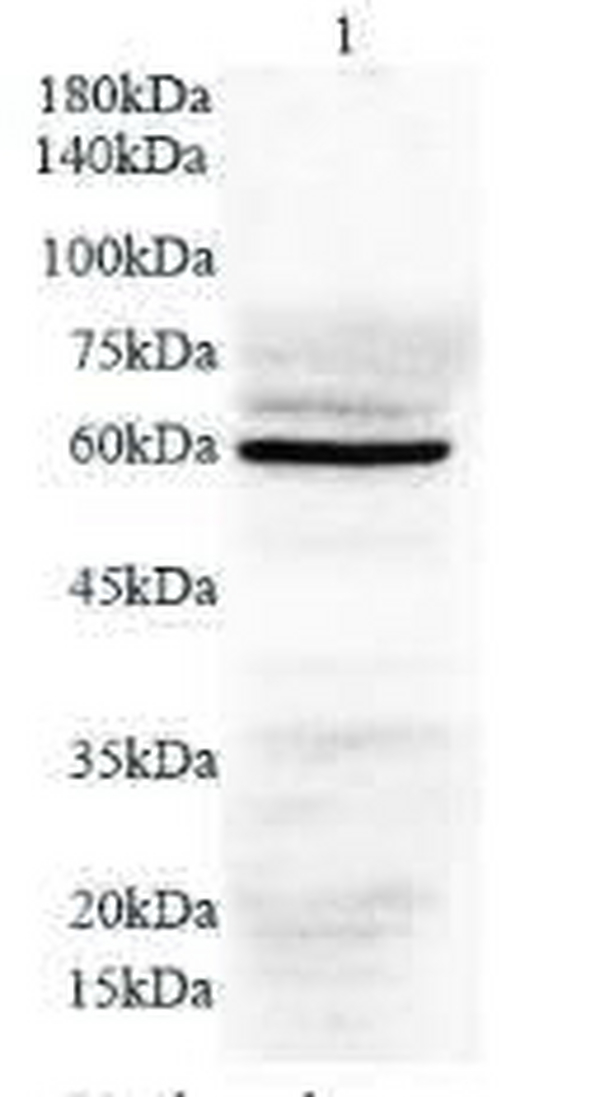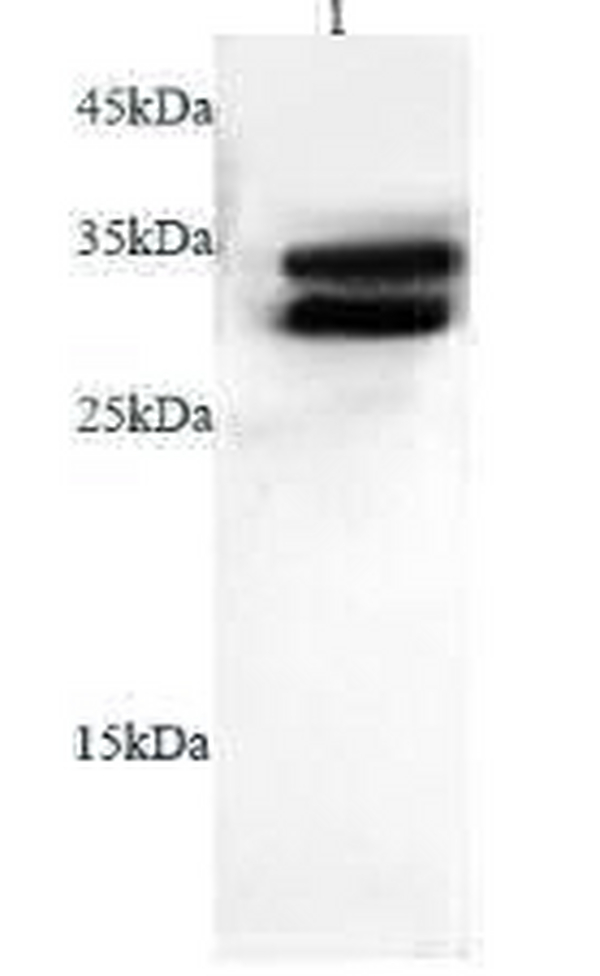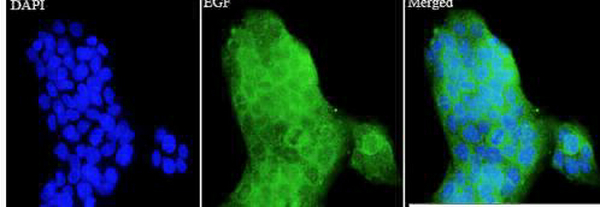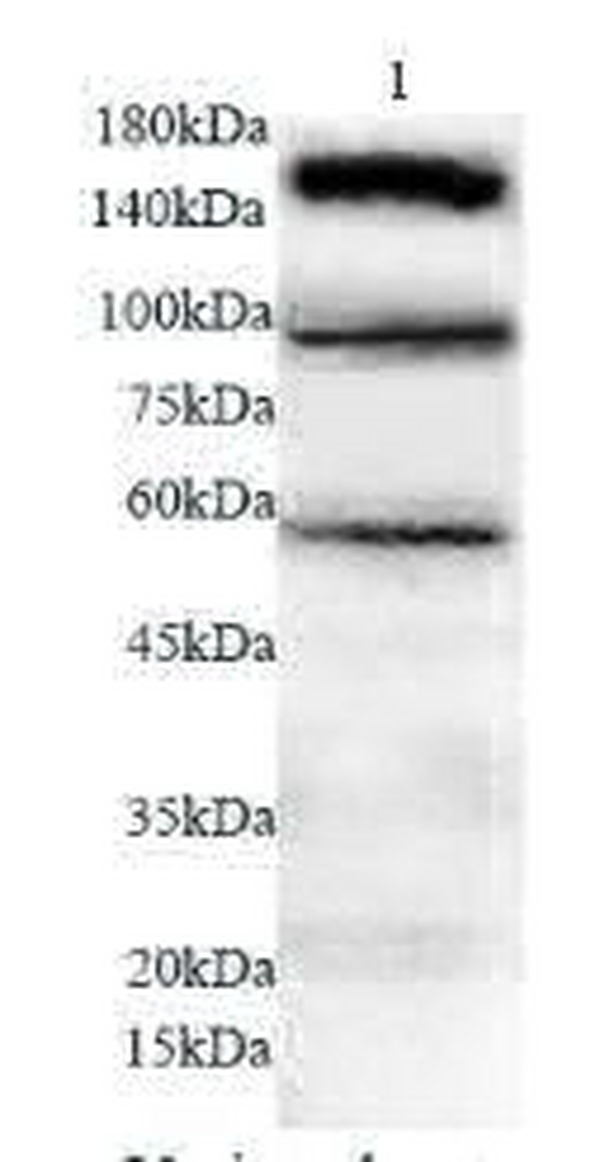QQ:3002763590
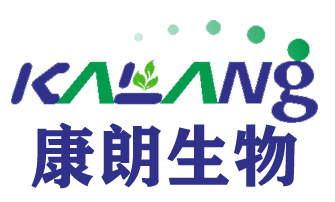

客服电话:021-61998208
Anti TNFa polyclonal antibody
TNFa抗体
Anti TNFa polyclonal antibodyTNF, as also known as TNF-alpha, or cachectin, is a multifunctional proinflammatory cytokine that belongs to the tumor necrosis factor (TNF) superfamily. It is expressed as a 26 kDa membrane bound protein and is then cleaved by TNF-alpha converting enzyme (TACE) to release the soluble 17 kDa monomer, which forms homotrimers in circulation. It is produced chiefly by activated macrophages, although it can be produced by many other cell types such as CD4+ lymphocytes, NK cells, neutrophils, mast cells, eosinophils, and neurons. It can bind to, and thus functions through its receptors TNFRSF1A/TNFR1 and TNFRSF1B/TNFBR. This cytokine is involved in the regulation of a wide spectrum of biological processes including cell proliferation, differentiation, apoptosis, lipid metabolism, and coagulation. This cytokine has been implicated in a variety of diseases, including autoimmune diseases, insulin resistance, and cancer.
Anti LDHA polyclonal antibody
LDHA抗体
Anti LDHA polyclonal antibodyLactate dehydrogenase (LDH) is composed of A subunits predominate in skeletal muscle and B subunits are abundantly produced in brain and heart. The LDHA (lactate dehydrogenase A) and COPB1 (coatomer protein complex, subunit beta 1)genes, are involved in energy metabolism and protein transport processes. Both genes might play important roles in muscle development. It has some isoforms with the molecular mass of 27-40 kDa and can form a homotetramer(PMID:11276087). This antibody is specific to LDHA and has no cross reaction to LDHB and LDHC.
Anti CHGA polyclonal antibody
CHGA抗体
Anti CHGA polyclonal antibodyChromogranin A is a member of the granin family of neuroendocrine secretory proteins. It is located in secretory vesicles of neurons and endocrine cells. Chromogranin A is the precursor to several functional peptides including vasostatin, pancreastatin, catestatin and parastatin. These peptides negatively modulate the neuroendocrine function of the releasing cell (autocrine) or nearby cells (paracrine). CgA is one of the most used tumor markers in NET's (neuroendocrine tumors) , and elevated CgA concentrations have been demonstrated in serum or plasma of patients with different types of these tumors.
Anti NGF polyclonal antibody
NGF抗体
Anti NGF polyclonal antibodyBeta nerve growth factor (NGF) is critical for the survival and maintenance of sympathetic and sensory neurons and may play an important role in the regulation of the immune system (PMID 16842161). The presence of beta NGF in immune cells, endocrine cells, and the CNS limbic areas suggests that beta NGF may function as an intracellular messenger to regulate the body’s response to stress (PMID 19442684). Xeno-free Recombinant Human beta NGF is expressed in human 293 cells as a non-disulfide bonded homodimeric protein with an apparent molecular mass of 13 kDa. This product is produced in a human cell expression system with serum-free, chemically defined media.
Anti PCSK1 polyclonal antibody
PCSK1抗体
Anti PCSK1 polyclonal antibodyThis gene encodes a member of the subtilisin-like proprotein convertase family, which includes proteases that process protein and peptide precursors trafficking through regulated or constitutive branches of the secretory pathway. The encoded protein undergoes an initial autocatalytic processing event in the ER to generate a heterodimer which exits the ER and sorts to subcellular compartments where a second autocatalytic even takes place and the catalytic activity is acquired. The protease is packaged into and activated in dense core secretory granules and expressed in the neuroendocrine system and brain. This gene encodes one of the seven basic amino acid-specific members which cleave their substrates at single or paired basic residues. It functions in the proteolytic activation of polypeptide hormones and neuropeptides precursors. Mutations in this gene have been associated with susceptibility to obesity and proprotein convertase 1/3 deficiency. Alternati
Anti NEU4 polyclonal antibody
NEU4抗体
Anti NEU4 polyclonal antibodyNEU4, also named as LP5125, belongs to a family of glycohydrolytic enzymes, which remove terminal sialic acid residues from various sialo derivatives, such as glycoproteins, glycolipids, oligosaccharides, and gangliosides. It may function in lysosomal catabolism of sialylated glycoconjugates. NEU4 has a broad substrate specificity being active on glycoproteins, oligosaccharides and sialylated glycolipids.
Anti EGF polyclonal antibody
EGF抗体
Anti EGF polyclonal antibodyEpidermal growth factor (EGF) is a small 6 kD polypeptide and has six conserved cysteine residues that form three intramolecular disulfide bonds. Human EGF is synthesized as transmembrane precursor proteins (1207 amino acids), which are proteolytically cleaved to generate the 54 amino acid mature EGF.
Anti ISR polyclonal antibody
ISR抗体
Anti ISR polyclonal antibodyThe biological effects of insulin are mediated by a membrane spanning cell surface receptor that has been shown to consist of disulfide-linked 135-kDa and 95-kDa alpha- and beta-subunits that are cleaved products of a common precursor. Binding of insulin to the receptor extracellular domain results in intracellular activation of a tyrosine-specific kinase activity and the generation of signals that determine the cellular response (PMID: 2369896). This antibody raised against 980-1382aa of human insulin receptor can recognize full-length insulin receptor precursor and insulin receptor beta subunit.
最新动态
-
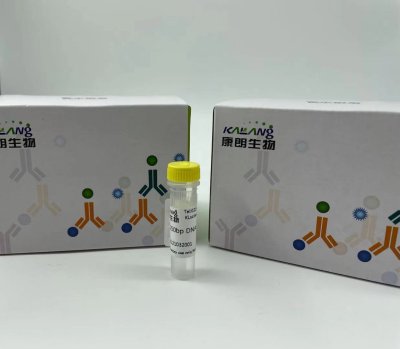
Anti-GNGT1 KL20092-001(50ul)
2021-10-11 -

Anti-GNGT1 antibody(50ul) KL20093-001
2021-10-11 -
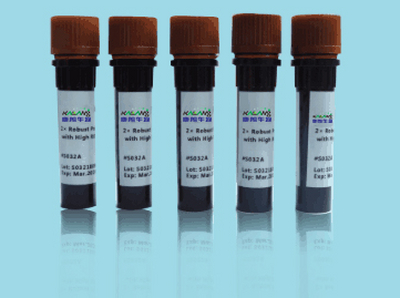
MUC5AC (PT2058) mouse Monoclonal Antibody
2021-01-06 -

mOrange mouse Monoclonal Antibody(Mix)
2021-01-05
热门标签
- Histone H3 rabbit Polyclonal Antibody Histone H3抗体
- EGFR rabbit Polyclonal Antibody EGFR抗体
- Cy3 Conjugated
- AbFluor™ 555 Conjugated
- AbFluor™ 680 Conjugated
- AbFluor™ 350 Conjugated
- AbFluor™ 647 Conjugated
- AbFluor™ 594 Conjugated
- AbFluor™ 405 Conjugated
- Cy5 Conjugated
- AbFluor™ 488 Conjugated
- Cyclophilin B抗体 Cyclophilin B Monoclonal Antibody(2B10)
- COX IV抗体 COX IV Monoclonal Antibody(6C8)
- PCNA抗体 PCNA Monoclonal Antibody(12D10)
- FAK rabbit Polyclonal Antibody FAK抗体
邮箱:3002763590@qq.com
电话:021-61998208

扫码关注微信公众号



